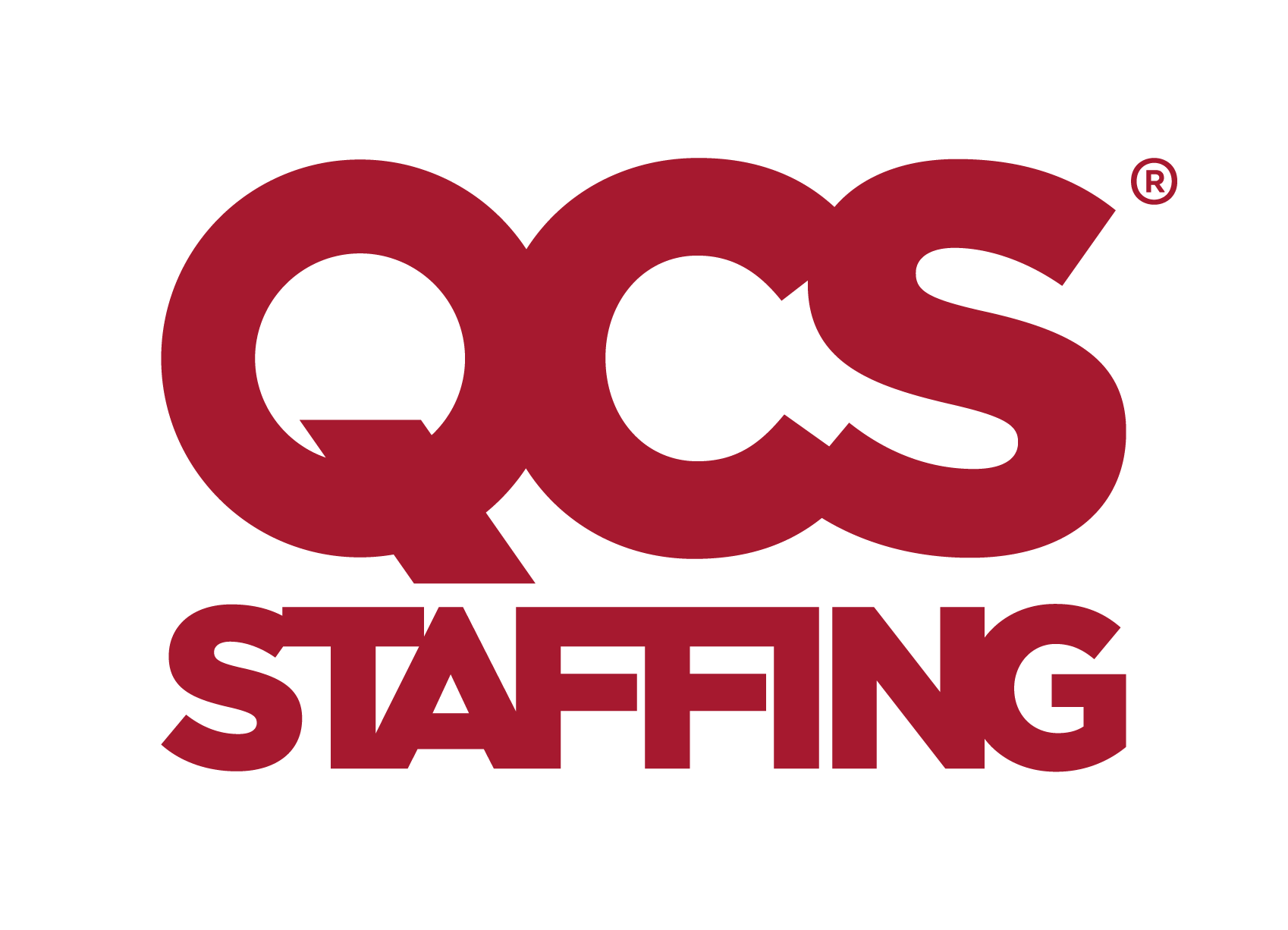How will robotics and automation affect pharmacovigilance?
Technology’s impact on life sciences continues to develop at an unprecedented rate. We’re already seeing blockchain making its mark on the majority of life sciences organisations, but what about other technological advancements? And how are they impacting the rapidly expanding pharmacovigilance market?
Pharmacovigilance – also known as drug safety – is seeing heightened attention placed on streamlining end-to-end processes to improve time to market, along with the constant need to ensure regulatory compliance. Monitoring the safety of medicines - and reducing risks and increasing benefits of medicines - will always be a top priority, and while the human element of this industry remains strong, there are areas where robotics can play a helping hand.
Robotic process automation in pharmacovigilance
A large pharmaceuticals company will process around 700,000 adverse event cases annually, according to EY. There’s constant pressure to become more efficient, take on more cases and maintain or reduce costs to remain commercially viable, and the volume of adverse events is continuing to rise. Add in an evolving regulatory environment and a more global market and you’ve got an industry that is facing tighter resource demands than ever.
EY estimates that 50% of pharmacovigilance resources are currently spent managing cases that require integrating a variety of data. This can be extremely time and labour-intensive, and the increased public scrutiny on drug safety means organisations can’t afford to cut corners with this process. This is where automation can help.
By using artificial intelligence to assimilate large volumes of cloud-based data, life sciences companies will be able to map patterns and predict adverse drug reactions. There are many advantages to this: cloud-based capture and reporting can be more secure and accurate than human-driven processes, and can provide integrated access to all stakeholders across sites and countries. It can also free up human labour to move onto more strategic processes that require human intelligence and decision making.
One of the best examples of technology’s potential impact on pharmacovigilance is within the trial master process. The trial master file (TMF or eTMF for electronic trial master file) is used by sponsors to record and integrate activities related to a clinical trial, including data that comes from different trial sites. Currently, much of this entry is manual in nature, but the introduction of automation into this process could have a significant impact on the overall efficiency of the clinical trial. According to EY, introducing automation at this stage of the trial could reduce the time spent on data entry by as much as 90%, resulting in significant time and cost savings. Similarly, using robotic process automation in the regulatory submission process could reduce process time – and therefore time to market – by 65%. The current submission process is time-intensive and involves tracking document status and compiling records, both of which could be managed more efficiently by robotic processing.
While data analytics should be the top priority within pharmacovigilance, more time and money are spent on data processing as opposed to analysis. The manual workflow model currently used in case processing is unsustainable and diverts pharmacovigilance professionals from their primary aims of improving patient safety. The introduction of automate processes can help to generate and test hypotheses, predict safety issues and suggest interventions that can minimise perceived risks and issues, all working towards reducing adverse event cases.
Keeping regulatory requirements in mind
While there is enormous potential for robotics and automation to radically improve the pharmacovigilance market, there remain concerns around the regulatory impact of data. The impact of using robotics and automation in pharmacovigilance must be balanced with the ethics or doing so, with patient data safety a top priority.
The bottom line
Cloud-based systems and automation can improve the delay between reporting and analysis, ultimately creating a faster, better regulatory decision-making environment. With this comes improved public safety and a more efficient and effective pharmacovigilance industry, as long as ethical and security concerns are kept in mind.
It’s an exciting time to be part of the pharmaceutical and biotech industry, with technology set to shake up roles within pharmacovigilance and regulatory affairs. If you’re looking for your next move in this space, take a look at our latest life science jobs.






